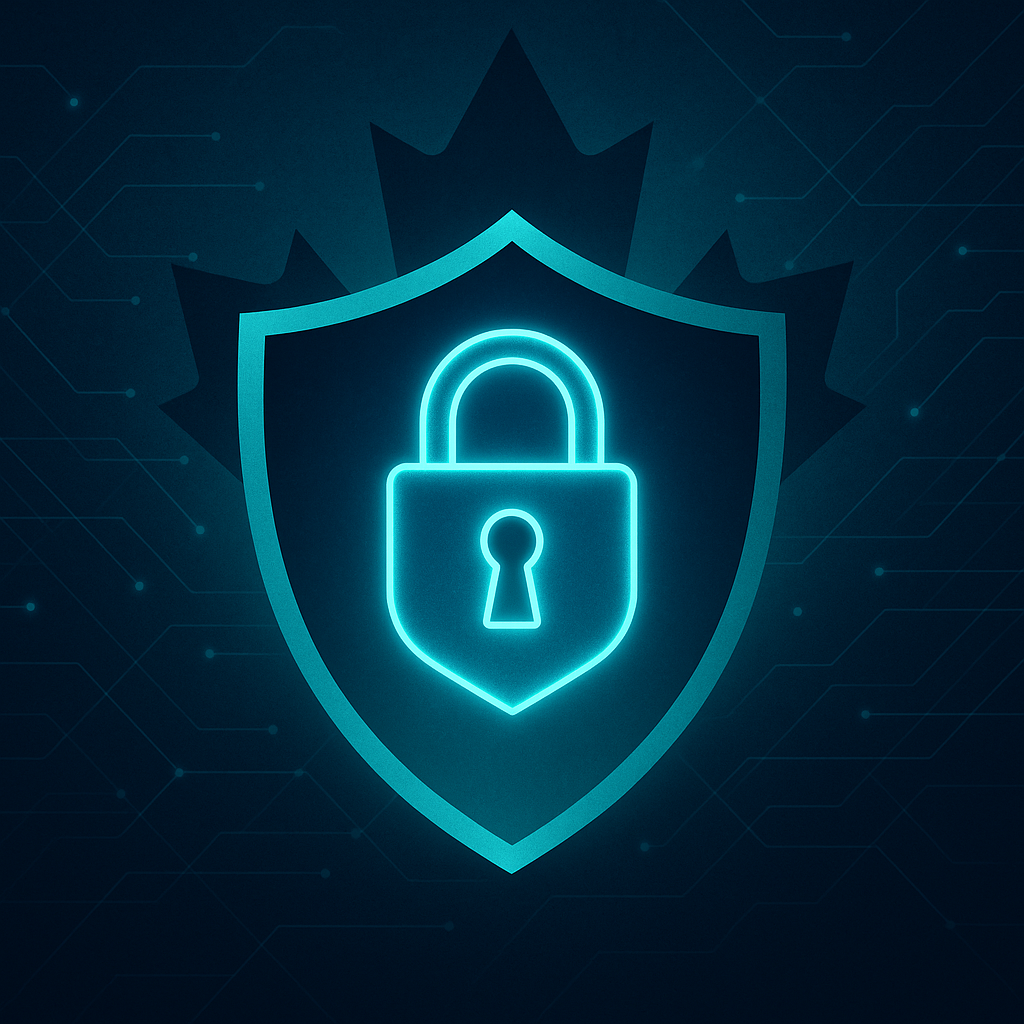Ransomware isn’t your biggest problem, excess privilege is. In 2025, attackers don’t need to “hack” your network; they phish one user, hop on a neglected admin token, then encrypt the crown jewels. Canada’s own National Cyber Threat Assessment 2025–2026 is blunt: cybercrime is persistent and ransomware remains the top threat to Canadian organizations and critical infrastructure.
At 010grp, we’ve built and run cyber protection programs for organizations across Ontario and beyond. This is the 30‑day plan we deploy to measurably cut risk without blowing up your budget. It’s opinionated, battle‑tested, and mapped to Canadian guidance so your board and auditors nod instead of flinch.
Week 1: See your risk. Patch like you mean it.
Start with a targeted cyber risk assessment to identify exposed assets, weak authentication, and unpatched systems. Then commit to a patch cadence, critical within 72 hours, high within 7 days- backed by change control. The Government of Canada’s Patch Management Guidance frames patching as a core defence‑in‑depth capability tied to configuration and change management. We fold that into your runbooks on day one.
Deliverables we own with you: asset inventory, prioritized vulnerability list, patch windows, rollback plan, proof‑of‑fix. If you need sustained help, our MSP management and cyber security strategy services keep the hygiene improvements from slipping.
Week 2: Kill toxic privilege. Make MFA actually matter.
Most “hacks” are stolen sessions. Enforce phishing‑resistant MFA, remove standing admin rights, and elevate on‑demand only. Our Privileged Access Management (PAM) service implements least privilege, just‑in‑time elevation, session recording, and automated key rotation. The Canadian Centre for Cyber Security explicitly recommends strong authentication as a ransomware control- see Ransomware: How to prevent and recover.
Myth to retire: “We’re too small to be targeted.” We hear it weekly—then we’re called to triage the fallout. Start here: our article Think Your Business is Too Small for a Cyberattack? Think Again and our deep dives on Cybercrime‑as‑a‑Service and Ransomware‑as‑a‑Service show how easy it is for affiliates to “log in, not break in.”
Week 3: Backups that survive ransomware
Backups must be offline or immutable, versioned, and tested. Follow Canada’s guidance: implement robust backups and practise recovery. The Cyber Centre’s Tips for backing up your information and Government of Canada publication emphasize backups as a core resilience control. We align your backup architecture and run restore drills so you can prove RTO/RPO- not just fund them. Pair this with our network security hardening to cordon off management planes attackers love to target.
Week 4: Add 24/7 eyes on glass
Detection and response wins when minutes matter. Our SOC‑backed monitoring correlates identity, endpoint, and network telemetry so an anomalous login at 2:14 a.m. isn’t missed. If you’re comparing options, read our primer: SIEM/SOC as a Service. National guidance is unambiguous that ransomware is a leading Canadian threat; proactive monitoring closes the window between compromise and containment.
When things go sideways: the Canadian playbook
If an incident risks personal information, PIPEDA requires you to assess for “real risk of significant harm,” report to the Office of the Privacy Commissioner, notify affected individuals, and keep records. Bookmark the OPC’s guidance on mandatory breach reporting and their online breach reporting portal.
Operate in Québec? Law 25 adds obligations: designate a privacy lead, conduct PIAs for high‑risk processing, strengthen consent, and formalize retention/destruction. The regulator’s site lays this out for private‑sector organizations- see the CAI resources for obligations and data retention/destruction.
Finally, align to recognized Canadian baselines. CyberSecure Canada provides a national SMB certification framework (administered with the Standards Council of Canada) you can use as a yardstick and a trust signal for customers. We routinely map our controls to CyberSecure so you’re not reinventing the wheel.
What you’ll notice in month two
Phishing fails more often. Lateral movement attempts trip alarms instead of sailing through. Backups restore quickly enough to skip ransom “negotiations.” And governance conversations become calm: you can point to Canadian‑aligned controls and a living runbook. If you want a deeper strategy view, see Canada’s Cybersecurity Shield and our technology strategy services.

